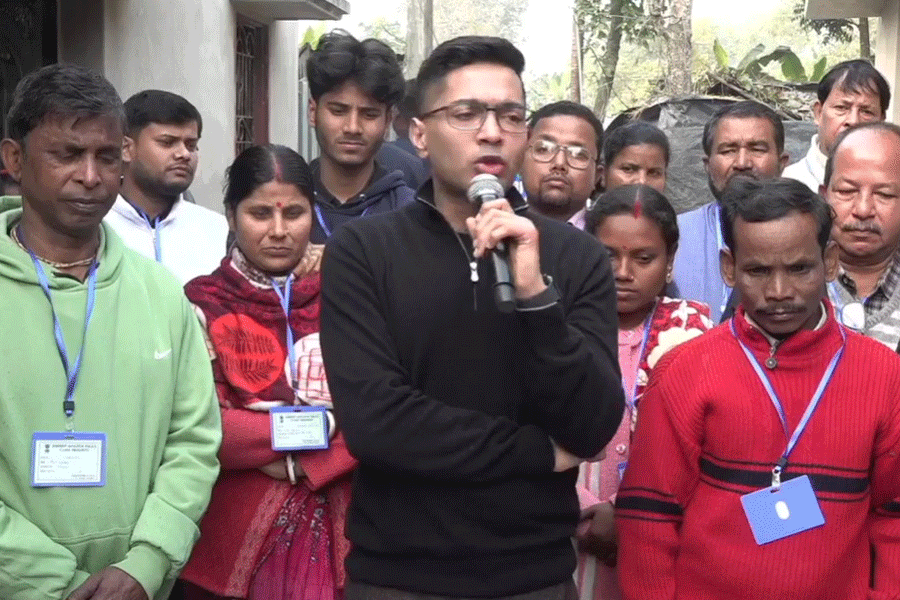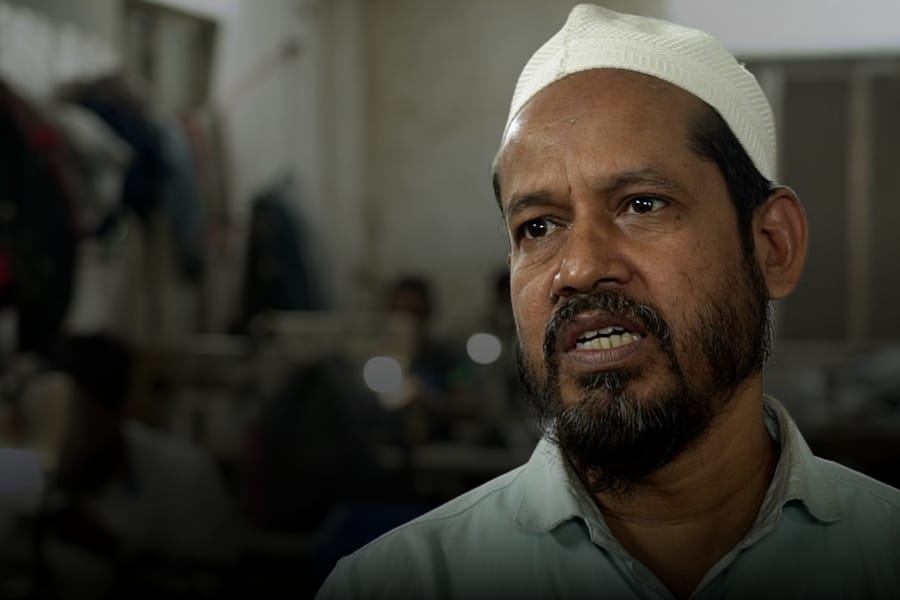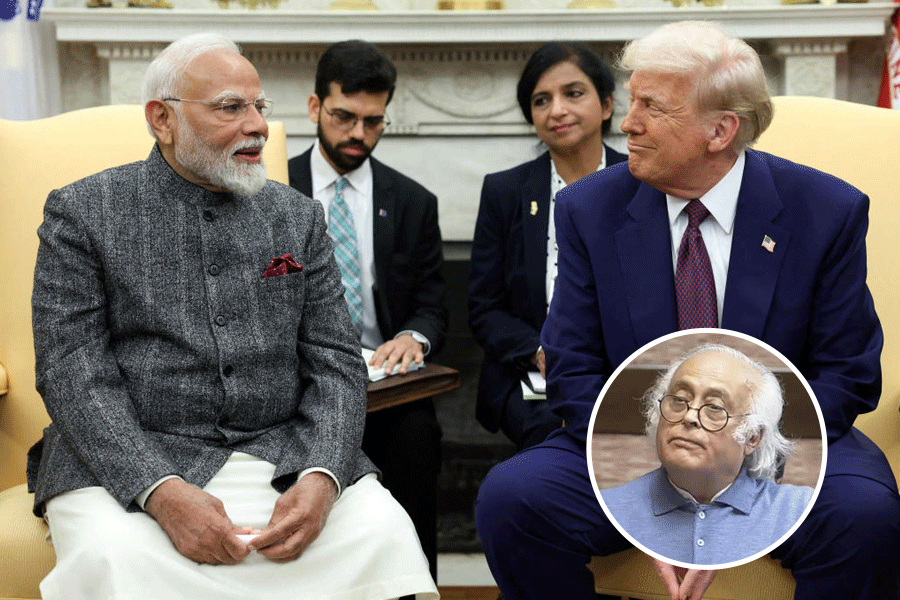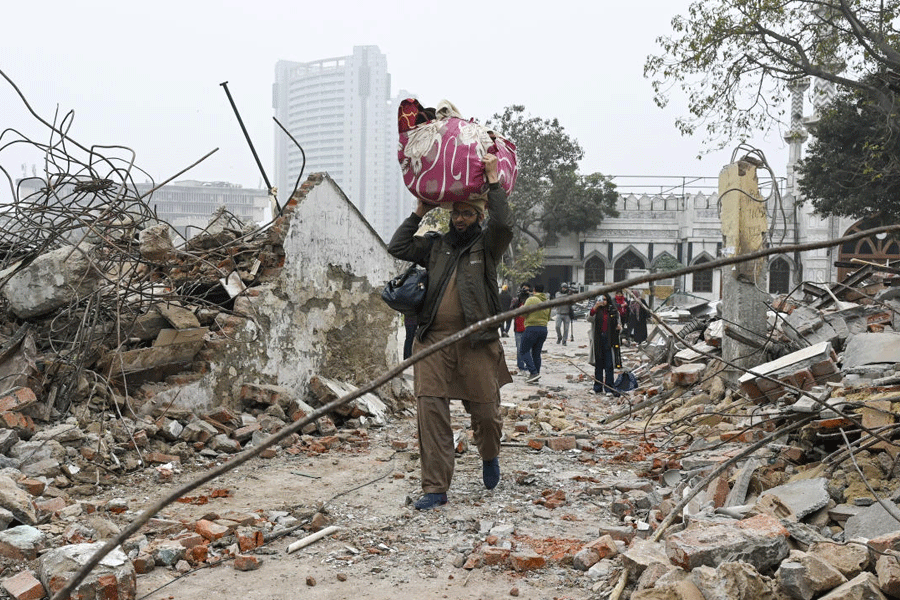 |
 |
 |
Delhi has a way of making an indelible impression on the heart. Even now, when flyovers abound in the city, thick dust blurs one’s vision and tales of the terrible treatment of women do the rounds, it is difficult to go to the capital as an indifferent or a disdainful visitor and not end up charmed.
And Delhi’s charms are old-world. Steeped in history, the air in the capital is heavy with stories it wants to tell, in spite of the city’s marked absence of humidity. DELHI: RED FORT TO RAISINA (Roli, Rs 2,995) is testimony to this. Edited by J.P. Losty, the book is a collection of four essays that look back on the 100 years since Delhi became the capital of India. This was the third time it happened. In the introduction, the editor recalls the second time, in 1648, when the Mughal emperor, Shah Jahan, made it his capital under the name of Shahjahanabad. Delhi had also been the first capital of Muslim India after 1193, subsequently losing its importance when Timur laid siege to it in 1398. Calcutta was the capital of British India till 1911, after which it was decided that a new city would be built where old Delhi was, and the nation would be ruled from there. Losty does justice to the exhaustive material available to him in the form of town plans, drawings and photographs of Delhi’s monuments. A huge map of Shajahanabad in 1846-47 forms the centrespread in the volume.
In “Life in Shahjahanabad”, Salman Khurshid writes about the lives of old Delhi’s inhabitants, their food and bazaars, as well as the vibrant community life in the city. Watercolour paintings of the Jama Masjid, the shrine of Qutb-Sahib at Mehrauli and the Faiz Bazaar at Chandni Chowk give a glimpse of that life. With the help of detailed drawings and black-and-white photographs, Ratish Nanda explores the aesthetic principles of Mughal architecture in “Architecture of Shajahanabad”. He speaks of the parallels between the constructions of Shahjahanabad and the Red Fort. During the “first war of independence” in 1857, the British demolished almost 80 per cent of the Red Fort. Nanda says, “Isolated conservation efforts have had no impact or even failed since these are seen as elitist...” In “Making of New Delhi”, Malvika Singh uses contemporary drawings and photographs to write about the transfer of the capital.
Middle is one of the few Mughal paintings where an extant Mughal building is seen. In this watercolour and gold work, the rebel, Mirza Hasan, is brought before the victorious emperor, Jahangir, near Akbar’s tomb. Left is a photograph of the interior of the tomb of Iltutmish. Built in 1235, it has intricate arabesques and geometrical shapes, along with Hindu motifs like wheels and the lotus. Right is a watercolour painting of Mirza Fakhruddin with his treasurer and physician. The younger son of Bahadur Shah II, he appointed Mirza Ghalib as his court poet two years before his death.












